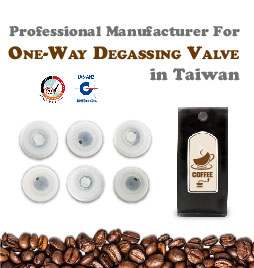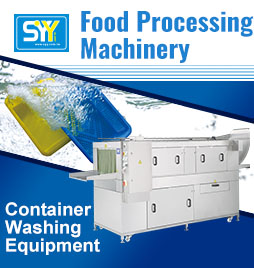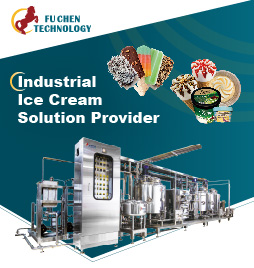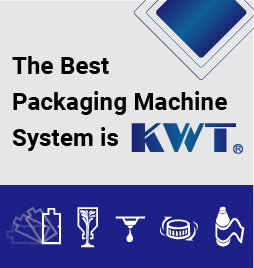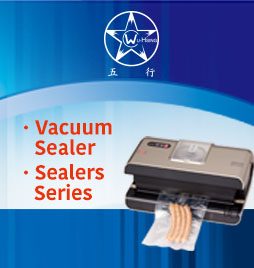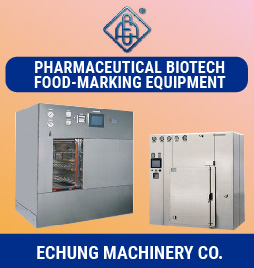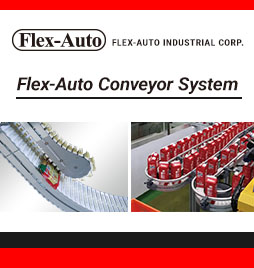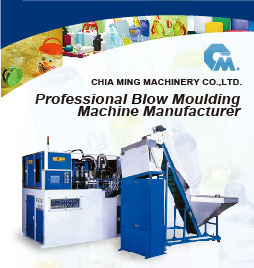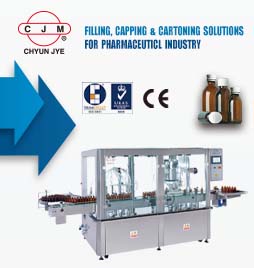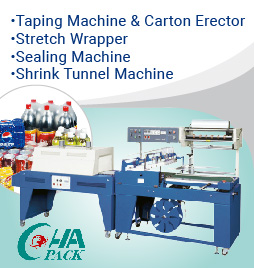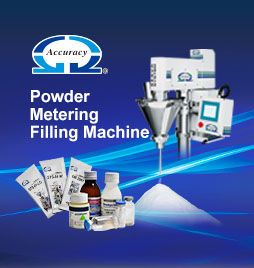How the beverage industry can turn future challenges into NEW OPPORTUNITIES
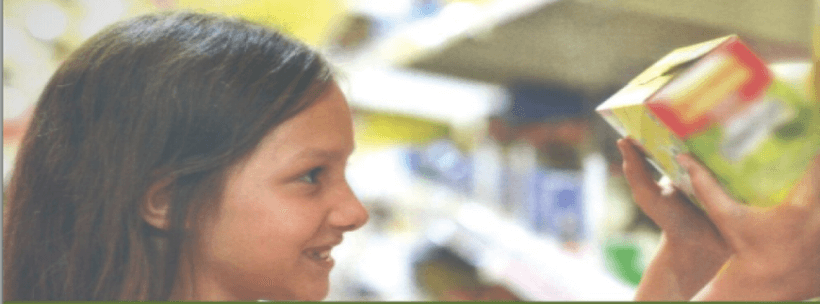
Market information highlights the importance of forming future partnerships to present innovative packaged product solutions that go beyond what was expected and meet the changing demands of a mobile society. -Markus Boehm
* Chief Market Officer of SIG, linkedin.com/in/markus-boehm-aa138*
As part of the companies' value propositions, it is proposed to promote innovation and product differentiation in the beverage industry, forging solid relationships and partnerships with beverage manufacturers that meet the changing needs of future generations. Currently, those driving the significant change in the food and beverage sector are the millennials.
The three main factors driving the mobility trend are acceleration, digitalization and the increasing urbanization. The UN predicts that more than 66% of the world's population will reside in urban areas by 2050. Millennials are the first to live in a mobile world and grow up with mobile phones, social networks and the Internet. The result of this is that they have instant information, high demands, they cling to their opinions and are used to living in an accelerated environment.
The low cost is not enough for this technologically advanced and powerful group, which also expects to have convenient and healthy snack options at the same time, since they travel a lot and work on the go.
For many, taking an on-the-go snack has replaced meal times. In a recent global study conducted by the market research company Nielsen, 45% of young people said they replaced breakfast, lunch and dinner by smaller snacks.
The millennials’ busy lifestyle leaves little time for the preparation of meals, while they still expect to have healthy, nutritious and exceptional alternatives. In this digital age, an on-the-go breakfast is preferred; millennials spend more time checking mail and social networks early in the morning rather than preparing food. In the European Union alone, convenience stores have grown 5.3% since 2013, mainly because they live more in cities and demand snacks.
For millennials the world is a smaller place thanks to the best connections and global infrastructures when traveling. They are more open to adopting different cultures and flavors, and now cities around the world offer international cuisine; 52% of millennials say that their culinary taste has changed thanks to the interaction with other cultures. Also, they are more concerned about health because they are more aware of intolerances and food allergies, and diet-related diseases, such as diabetes, which creates new opportunities, for example, for the growth of the "Free" market.
-A lifestyle with changing needs-
Given this lifestyle with changing needs, beverage and food manufacturers must consider options that not only focus on safety and freshness, but also on the environment and ethics, design, interactivity and innovative benefits that respond to mobile lifestyles. Millennials have a greater social conscience and are firm in their beliefs, going to the forums of social networks and the Internet to openly express their opinions.
The industry [1] highlights the four key requirements that manufacturers should consider when making decisions about new products and packaging to help maximize future commercial benefits in a mobile society.
✔Container size
As the healthy on-the-go snack continues to grow, so does the increased demand for smaller formats for individual use. The market for container sizes of less than 200 ml will grow 18% in total from 2017 to 2021. According to the Mintel market research, the number of on-the-go global food and beverage launches increased 54% between 2011 and 2016.
"The preferences of consumers’ snacks vary by region. While sweets are very popular in Central and Southern Africa and in Europe, Americans prefer salty snacks; South Americans prefer cookies, and consumers in the Asia-Pacific Region opt for small, cold snacks."
✔Product concepts and opportunities
Conscientious consumers look for the right product for the right occasion by driving innovation in their search for bolder tastes and experiences. There is a great demand for new product concepts that provide a selection of flavors and nutritious ingredients, for example, chia seeds, fruit pieces and cereals
✔Flexibility
Consumers want packaging that adapts to their increasingly mobile lifestyle, which comfortably fit in the bag and in the cup holder of the car, and which are easy to open and consume, for example, with zippers. For brands it is important to adapt the products to these consumer needs.
✔Transparency
The tastes and innovative preferences of the consumer mean more products originating from all over the world. The ethical consumer of today worries about the origin of the ingredients and invests time to investigate more before making a purchase decision; For example, an ethical supply of products, such as avocados, is expected while the demand is growing. Analysts predict that the global market for organic snacks will grow 18% CAGR (compound annual growth rate) during the period 2017-2021. Campaigns on packaging and QR codes can be used to track this information and help create a closer relationship with the brand, resulting in greater fidelity. Research has shown that 49% of millennials remain loyal to a brand that communicates transparency.
An exhaustive market analysis and a consumer-centered perspective within the global mobility trend provide greater understanding of what is expected from future packaging solutions.
Currently, there are innovative packaging [2] designed to adapt perfectly to the lifestyle of the modern consumer: anywhere and anytime. The attractive appearance of the container with its curved and modern shape provides a product differentiation on the shelves,
As consumers adopt the habit of eating and drinking mobile, it is essential that the food and beverage industry evolve with them. This means that the packaging not only guarantees great quality and safety, but also stands out at the point of sale, informing and providing a sensory experience to consumers.
To remain viable, innovative products and packaging have to be developed to suit a mobile lifestyle. For them, brands need a partner who fully understands the industry and its changing needs in order to offer packaging solutions that simultaneously attract and satisfy future generations.
[1] Refer to the last White paper of SIG Combibloc.
[2] Refer to the Combismile container of SIG Combibloc.

